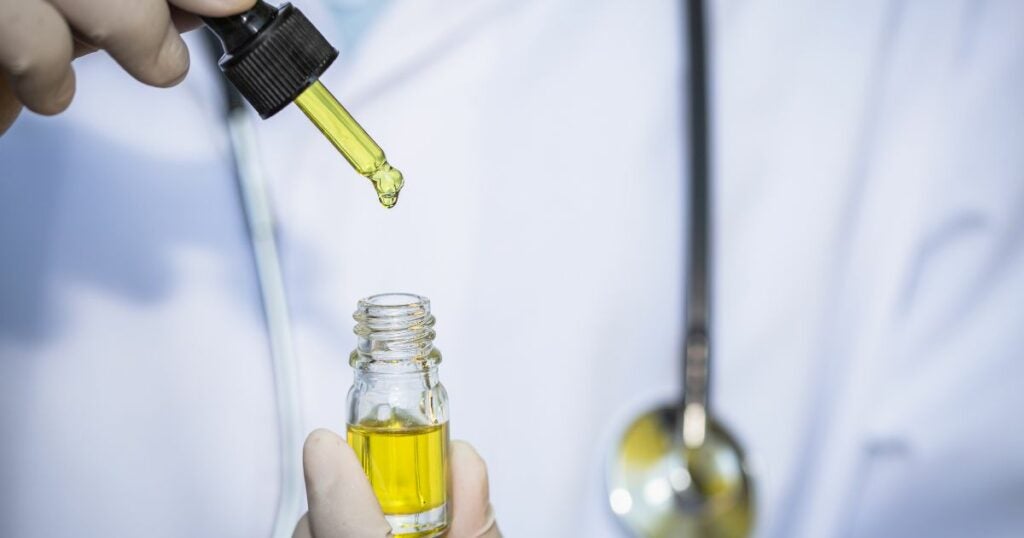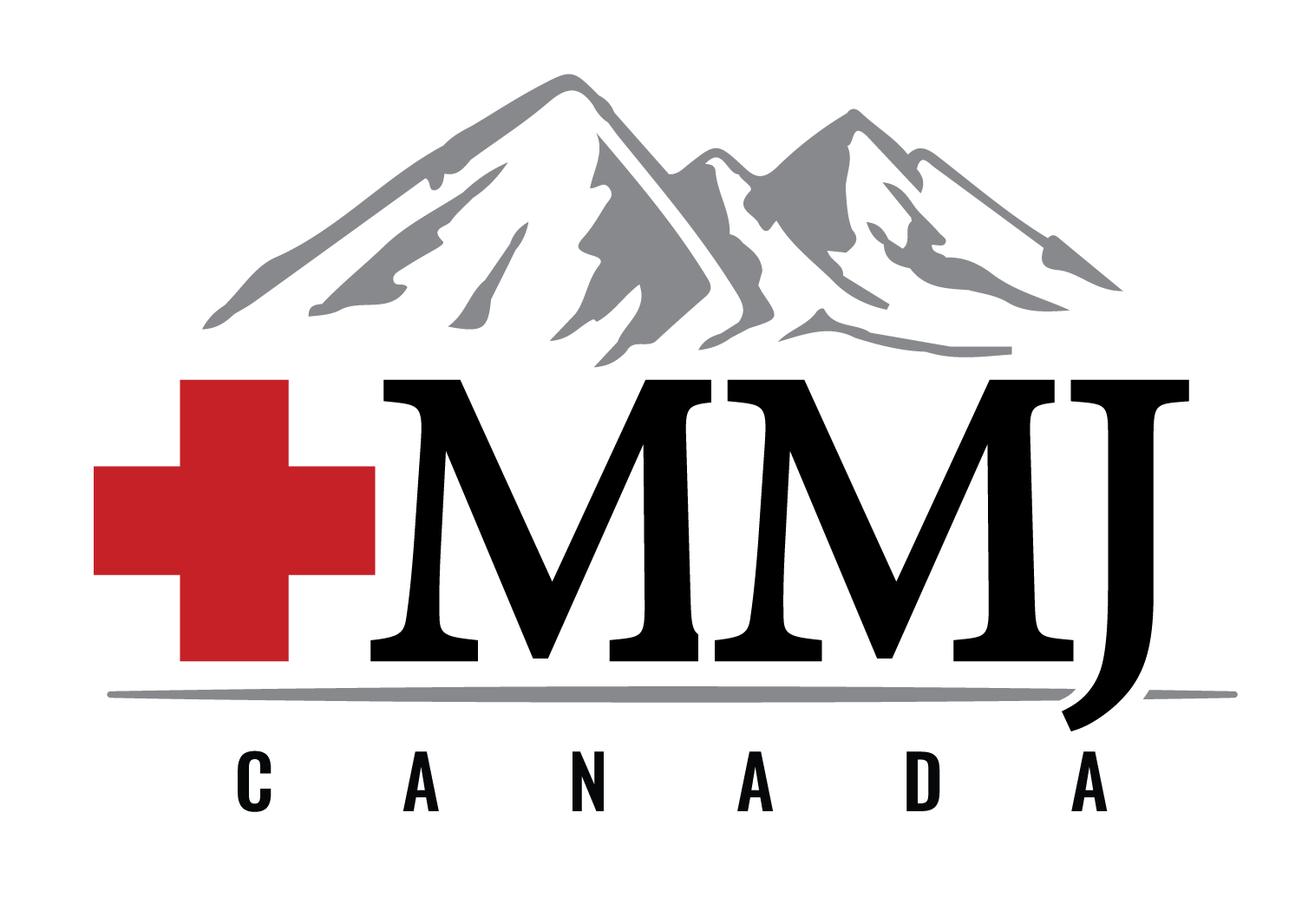Your cart is currently empty!
Medical Marijuana THC-Free: Your Path to Holistic Wellness

In the realm of holistic wellness, medical marijuana has emerged as a promising avenue for seeking natural healing and balance. While the psychoactive component of cannabis, THC, has long been associated with recreational use, there is an alternative path that focuses on the potential health benefits of medical marijuana without the intoxicating effects. Welcome to the world of medical marijuana THC-free, where the spotlight shifts to the therapeutic properties of cannabinoids like CBD and CBG, paving the way for a journey towards holistic wellness.
In this blog, we explore the power of medical marijuana THC-free as your gateway to a balanced and fulfilling life. Discover the science, benefits, and practical applications that can help you unlock the potential of medical marijuana that’s THC-free on your path to holistic wellness.
Understanding THC-Free Medical Marijuana
To grasp the concept of THC-free medical marijuana, it’s essential to comprehend THC. Tetrahydrocannabinol (THC) is one of the primary cannabinoids found in cannabis plants. It is responsible for the psychoactive effects commonly associated with marijuana use. On the other hand, cannabidiol (CBD) is another prominent cannabinoid that does not produce the same psychoactive effects as THC.
THC-free medical marijuana refers to cannabis products that have undergone a process to remove or significantly reduce the THC content. By doing so, these products aim to provide the potential health benefits associated with marijuana without the psychoactive side effects. This can be particularly appealing for individuals who want to explore the therapeutic potential of cannabis while avoiding any impairment or altered mental state.
The benefits of THC-free medical marijuana are multifaceted. Firstly, it offers an alternative for those who may be sensitive to or wish to avoid the psychoactive properties of THC. Secondly, it enables individuals to benefit from the potential medicinal qualities of cannabis without interfering with their daily activities or mental clarity. By separating THC from the equation, THC-free medical marijuana provides a viable option for those seeking relief from various health conditions.
Medical Applications of THC-Free Marijuana
THC-free marijuana has shown promise in the medical field to treat several conditions. Let’s explore some of the areas where it is beneficial.

Pain Management
One of the most well-known applications of THC-free medical marijuana is pain management. Chronic pain affects millions worldwide, and traditional treatment options may not always provide adequate relief or have undesirable side effects. THC-free marijuana, with its potential analgesic properties, offers an alternative approach.
Studies have indicated that CBD, the prominent cannabinoid found in THC-free marijuana, may help alleviate pain by interacting with the endocannabinoid system in the body. This system plays a crucial role in regulating pain perception, and CBD may help reduce inflammation and modulate pain signals. By incorporating THC-free marijuana into their treatment plan, individuals with chronic pain may find relief without the psychoactive effects associated with THC.
Anxiety and Depression
Another area where THC-free marijuana shows promise is in the treatment of anxiety and depression. Mental health conditions like anxiety and depression can significantly impact an individual’s well-being and quality of life. Traditional treatment options, such as antidepressant medications, may not be suitable for everyone or may have unwanted side effects.
CBD, the primary cannabinoid found in THC-free marijuana, has been the subject of extensive research regarding its potential anxiolytic and antidepressant effects. Studies suggest that CBD may interact with serotonin receptors in the brain, which play a vital role in regulating mood and emotions. By modulating serotonin levels, THC-free marijuana may offer a natural alternative for individuals seeking relief from anxiety and depression symptoms.
The Science Behind THC-Free Medical Marijuana
Producing THC-free marijuana involves specific techniques to eliminate or minimize THC content while preserving the desired cannabinoids. One standard method is selective breeding, where strains with low THC levels are crossed to create new varieties with even lower THC content. This meticulous process allows for the development of marijuana plants that are naturally low in THC.
Another approach is through extraction methods that target THC removal. Technologies such as CO2 extraction, ethanol extraction, or distillation can selectively isolate cannabinoids from the plant material, allowing for the creation of THC-free extracts or concentrates. These extracts can then produce various THC-free medical marijuana products, including oils, tinctures, and edibles.
While THC is often considered the primary active compound in marijuana, other cannabinoids, such as CBD, play a vital role. This is due to the entourage effect, where combining different cannabinoids and terpenes in cannabis is believed to produce synergistic effects that enhance their overall therapeutic potential. Therefore, even without THC, THC-free medical marijuana can still provide benefits through the presence of other cannabinoids and their interaction within the body.
As research on medical marijuana continues to advance, so does our understanding of THC-free alternatives. With the potential to offer relief for pain, anxiety, and depression, THC-free marijuana provides an intriguing option for individuals seeking the medicinal benefits of cannabis without the psychoactive effects. As the demand for THC-free alternatives continues to grow, exploring further research and developing innovative solutions is essential to cater to the diverse needs of individuals seeking natural remedies.
- Safety and Side Effects
When it comes to the safety profile of THC-free medical marijuana, it is essential to note that it is generally considered safe for consumption. Since THC is the psychoactive component responsible for potential adverse effects, its absence or minimal presence in THC-free marijuana significantly reduces the likelihood of experiencing psychoactive side effects.
However, it is essential to recognize that, like any substance, THC-free medical marijuana may still have potential side effects. Common side effects reported with CBD use include dry mouth, drowsiness, and changes in appetite. These effects are generally mild and temporary, but individual responses may vary.
It is crucial to consult healthcare professionals before incorporating THC-free medical marijuana into your healthcare routine, especially if you have any pre-existing medical conditions or are taking other medications. Healthcare professionals can provide personalized guidance and help determine appropriate dosage guidelines based on your individual needs.
Adhering to dosage guidelines is essential to ensure optimal safety and effectiveness. Starting with a low dose and gradually increasing it as needed allows you to gauge your body’s response and minimize the risk of experiencing any potential side effects.
- Finding THC-Free Medical Marijuana Products
With the increasing demand for THC-free medical marijuana, many product options are now available. When seeking reliable THC-free products, looking for reputable brands and dispensaries that prioritize quality and transparency is crucial.
One way to identify reliable THC-free products is to look for third-party lab testing. Reputable brands often provide lab reports that detail the cannabinoid profile and confirm their products’ absence or minimal presence of THC. These lab reports offer transparency and assurance regarding the quality and composition of the products.
Additionally, consider reading reviews and seeking recommendations from others who have used THC-free medical marijuana products. Online forums, social media groups, and community platforms can be valuable resources for gathering information and insights about brands and their products.
Reputable dispensaries also play a vital role in ensuring the availability of reliable THC-free options. Seek out dispensaries that prioritize quality control, work with reputable suppliers, and have knowledgeable staff who can provide guidance and answer any questions you may have.
By doing a thorough research and selecting trusted brands and dispensaries, you can feel confident in your choice of THC-free medical marijuana products and enhance the overall safety and effectiveness of your experience.
Conclusion
The rising popularity of medical marijuana has paved the way for THC-free alternatives, catering to individuals who seek the potential health benefits without the psychoactive effects. THC-free medical marijuana, which contains minimal or no THC, offers a promising avenue for pain management, anxiety, and depression treatment.
As the field of medical marijuana continues to evolve, ongoing research and advancements will contribute to a better understanding of THC-free alternatives and their potential applications. With careful consideration, responsible usage, and collaboration between healthcare professionals and individuals, THC-free medical marijuana can offer a promising avenue for natural remedies and improved well-being.
FAQs

What does THC-free mean?
THC-free refers to a product or substance that contains little to no tetrahydrocannabinol (THC), the psychoactive compound found in marijuana. This means consuming THC-free products will not produce the mind-altering effects commonly associated with THC.
What is the alternative to THC?
One popular alternative to THC is cannabidiol (CBD). CBD is a non-psychoactive compound derived from the cannabis plant. It offers potential health benefits without the intoxicating effects of THC. CBD products have gained popularity as an alternative for individuals seeking the therapeutic properties of cannabis without experiencing a “high.”
What is the most effective form of medical marijuana?
The effectiveness of medical marijuana can vary depending on individual needs and preferences. Different forms of medical marijuana include oils, tinctures, edibles, topicals, and inhalation methods such as smoking or vaporizing. The most effective form of medical marijuana often depends on the specific medical condition being treated and the individual’s response to different delivery methods. It is recommended to consult with healthcare professionals to determine the most suitable form for your unique circumstances.
What does MMJ stand for?
MMJ stands for “medical marijuana.” It is a commonly used abbreviation to refer to the therapeutic use of marijuana for medical purposes. MMJ is often prescribed or recommended by healthcare professionals to alleviate symptoms associated with various medical conditions.

Leave a Reply